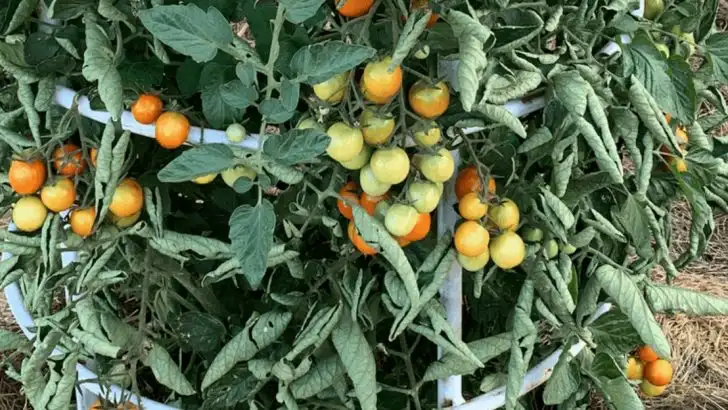Your tomato plant looks lush, full, and green—but where are the tomatoes? If you’re seeing plenty of leaves but little to no fruit, you’re not alone. This is one of the most common (and frustrating) problems gardeners face with tomatoes.
The issue often comes down to too much nitrogen, not enough sunlight, poor pollination, or even the wrong pruning approach. While your plant is investing energy into leafy growth, it’s skipping the step you really care about—producing fruit.
In this article, we’ll break down the key reasons why this happens and show you how to shift your tomato plant’s energy toward blossoming and fruiting, so all that greenery finally pays off with a bumper crop.
Excess Nitrogen
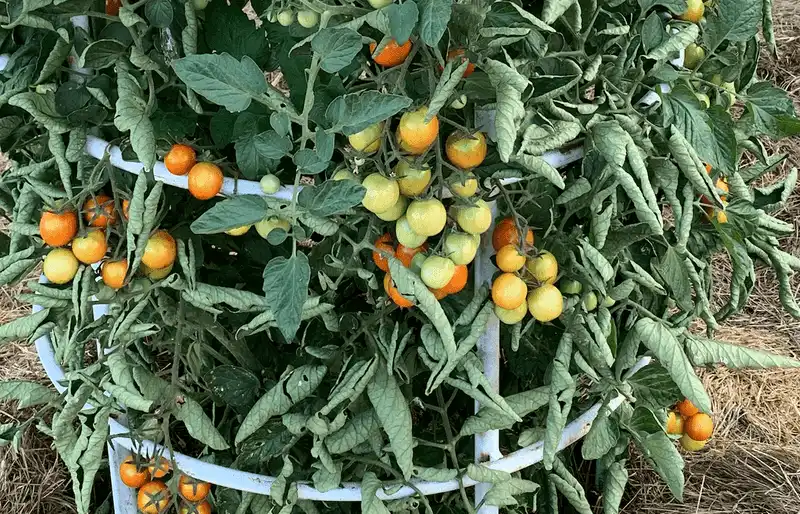
Ever noticed how some tomato plants boast rich, green foliage but little else? This could be a classic case of excess nitrogen. While nitrogen is essential for leaf growth, too much of it can lead your plant to focus solely on leaf production. Instead of expecting a blossom, you’ll find sprawling greenery. Adjusting your fertilizer to reduce nitrogen can encourage fruiting instead. Consider using a balanced fertilizer that supports both foliage and fruit development. This simple tweak might be the secret to transforming your tomato yield.
Lack of Pollination
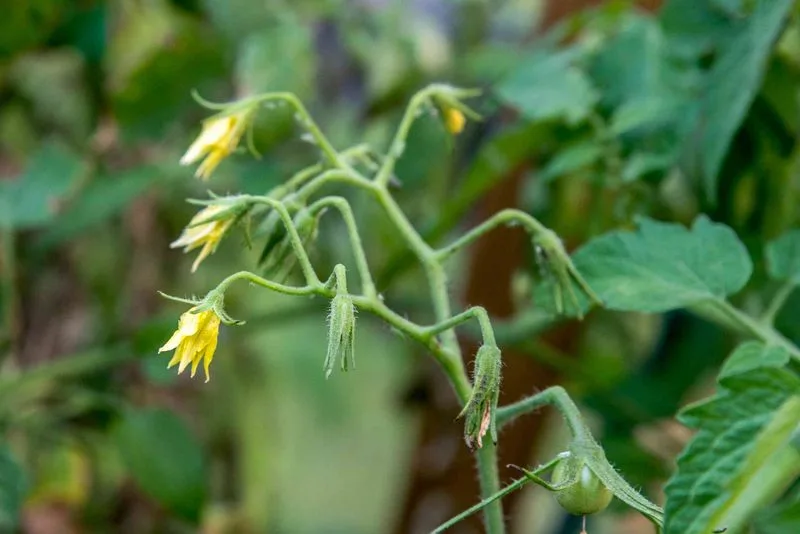
Tomato plants rely heavily on pollination to bear fruit. If your plant is all leaves and no fruit, it might be missing a pollinator’s touch. Pollen must move from flower to flower, usually aided by wind or insects. Without this crucial step, flowers won’t turn into fruit. To help, gently shake your plants or introduce more pollinator-friendly flowers to your garden. This minor effort can make a world of difference in ensuring your plants produce not just leaves, but tomatoes as well.
Improper Pruning
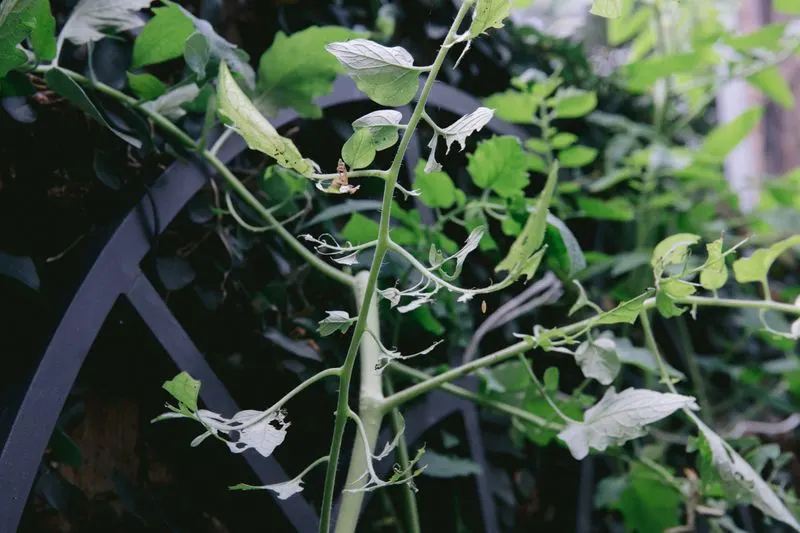
Pruning might seem like a meticulous task, but it’s vital for fruit production. If your tomato plant is more leaf than fruit, improper pruning could be to blame. Overgrown foliage can overshadow flowers, hindering their development. By carefully trimming away unnecessary leaves, you allow sunlight to reach the flowers, spurring fruit growth. Remember, pruning isn’t just about aesthetics; it’s a strategy to maximize your harvest. When done correctly, it can redirect the plant’s energy towards fruiting.
Inadequate Sunlight
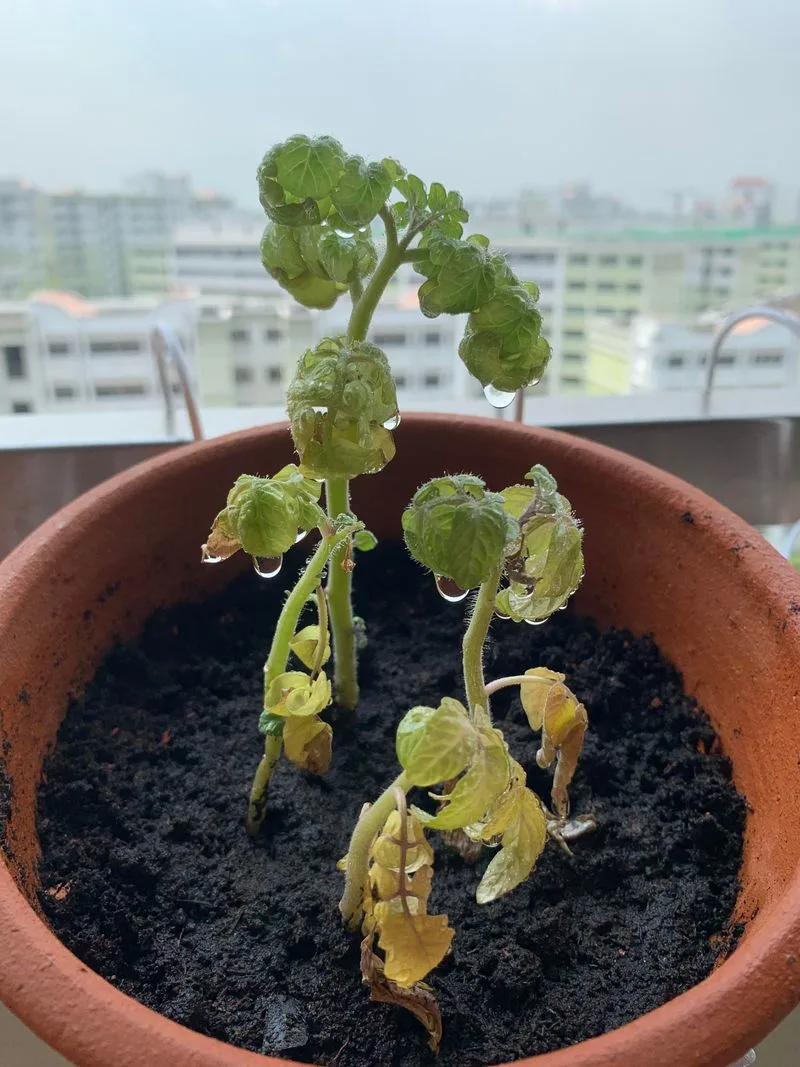
Tomatoes are sun-loving plants, and their fruiting is directly tied to adequate sunlight. If your plants seem like they’re hiding under their own leaves, they might not be receiving enough sun. Six to eight hours of direct sunlight is ideal for tomato production. Consider relocating your plant to a sunnier spot or trimming back surrounding foliage. This ensures that energy is directed towards producing fruit rather than just leaves, resulting in a more rewarding gardening experience.
Temperature Fluctuations
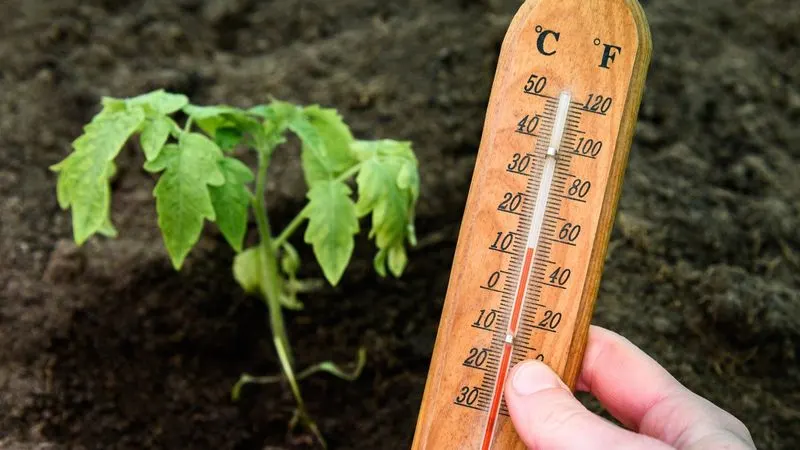
Temperatures can be a silent thief of tomato fruits. Fluctuations, especially during the night, can stress your plants, resulting in fewer fruits. Consistent temperatures, particularly at night, are crucial for fruit setting. Consider using row covers or a greenhouse setup to maintain a stable environment around your tomato plants. Monitoring temperature changes can help you take proactive steps, ensuring your plants focus on producing juicy tomatoes instead of just leaves.

